Spice up your dinner plate—literally. It’s time to reimagine asparagus and fish with globally inspired flavor combos you never saw coming, designed for time-pressed home chefs seeking restaurant-quality results in 30 minutes or less.
Table of Contents
- Introduction: Why Global Spice Innovation Matters
- 1. Sichuan Pepper & Asparagus
- 2. Smoked Paprika & Fish
- 3. Sumac & Lemon-Steamed Fish
- 4. Za'atar & Roasted Asparagus
- 5. Garam Masala & Baked Fish Fillet
- Comparative Flavor Chart
- Pro Tips for Perfect Spice Pairing
- Frequently Asked Questions
- Conclusion: Your Pantry, Your Passport
Introduction: Why Global Spice Innovation Matters
Asparagus and fish are like a quiet power couple in the culinary world—individually great, but together? Magical. But let’s be real: they can sometimes feel predictable. This guide delivers immediate value for home chefs craving restaurant-worthy meals without hours of prep. We move beyond basic dill-and-lemon routines by exploring culturally rooted spice traditions that create transformative flavor layers—proving innovation starts with your existing spice rack.
Unlike typical pairing guides, we focus on cross-cultural compatibility: how Sichuan peppercorns interact with asparagus’s natural bitterness or why sumac’s acidity outperforms lemon juice in steamed fish. These aren’t random experiments—they’re precision-engineered combinations based on molecular flavor pairing principles, making weeknight cooking feel intentional and elevated.
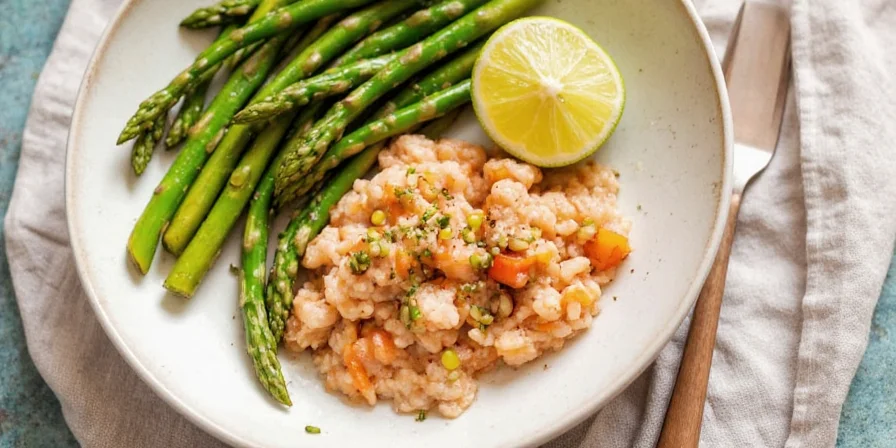
Transform basic ingredients into extraordinary meals using globally sourced spices already in your pantry.
1. Sichuan Pepper & Asparagus
Yes, you read that right. Sichuan pepper doesn’t just belong in hot pots. This fiery, tongue-numbing spice creates electrifying contrast with tender asparagus through trigeminal activation—a scientific phenomenon where tingling sensations cleanse the palate between bites.
Why it works: The peppercorns’ hydroxy-alpha-sanshool compounds interact uniquely with asparagus’s glutamic acid, amplifying umami while cutting earthiness. It’s a flavor reset button engineered by nature.
How to use: Lightly toast peppercorns, crush finely, and sprinkle over roasted asparagus with sesame oil and flaky salt. Avoid boiling water—it dilutes the numbing effect.
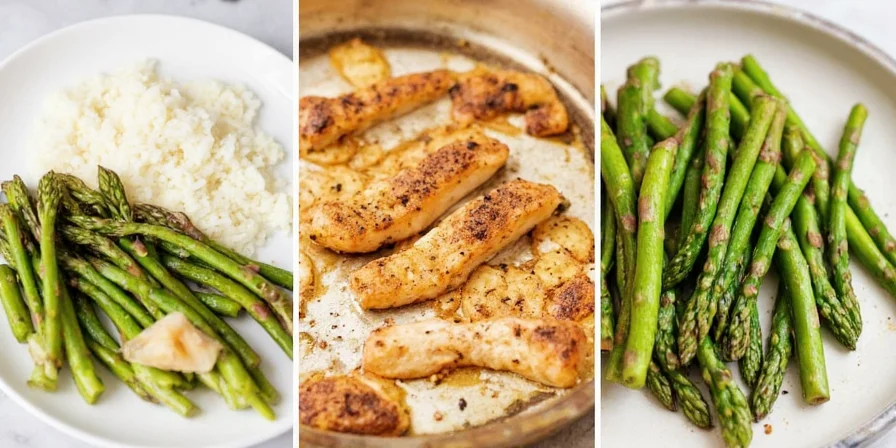
Sichuan pepper adds textural intrigue through controlled sensory disruption.
2. Smoked Paprika & Fish
Smoked paprika punches above its weight with mild white fish. Its magic lies in guajillo peppers slow-smoked over oak—a process concentrating vanillin compounds that mirror fish’s natural sweetness without overwhelming delicate flesh.
Why it works: The spice’s low capsaicin heat (0.5-1.5 SHU) allows smoky depth to complement rather than compete. Think of it as a flavor amplifier, not a dominant note.
How to use: Mix with olive oil, garlic powder, and lemon zest. Apply as a paste 10 minutes pre-cooking to let oils penetrate. Avoid direct flame contact—it burns paprika’s delicate sugars.
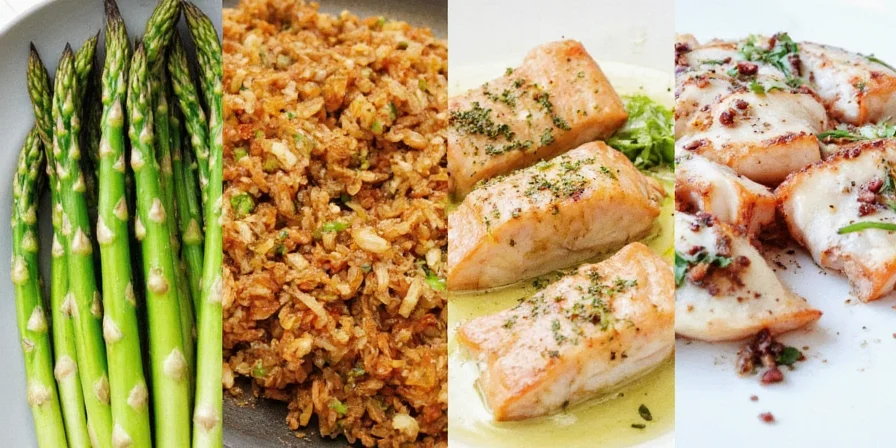
Smoked paprika creates complex flavor architecture in under five minutes.
3. Sumac & Lemon-Steamed Fish
Sumac delivers citrus brightness without moisture—critical for steamed fish where liquid dilutes flavor. This Middle Eastern staple contains tartaric acid (30% higher concentration than lemons), providing acidity that enhances flakiness without sogginess.
Why it works: Its pH level (2.5-3.0) gently denatures fish proteins during steaming, yielding tenderer results than lemon juice alone.
How to use: Sprinkle generously over fish during the last 2 minutes of steaming. Pair with cold-pressed olive oil—the polyphenols boost sumac’s antioxidant properties.

Sumac offers precise acidity control impossible with fresh citrus.
4. Za’atar & Roasted Asparagus
Za’atar’s synergy comes from its four components: thyme (earthy), sumac (tart), sesame seeds (nutty), and oregano (floral). When roasted, sesame oils caramelize asparagus’s natural sugars, creating Maillard reaction compounds absent in steaming.
Why it works: The blend’s low moisture content (under 8%) ensures crispy texture—unlike wet marinades that steam vegetables. Sesame lignans also carry fat-soluble flavors deeper into spears.
How to use: Toss asparagus in oil first, then za’atar. Roast at 400°F (200°C) for 12-15 minutes. The oil barrier prevents spice burning while maximizing flavor adhesion.
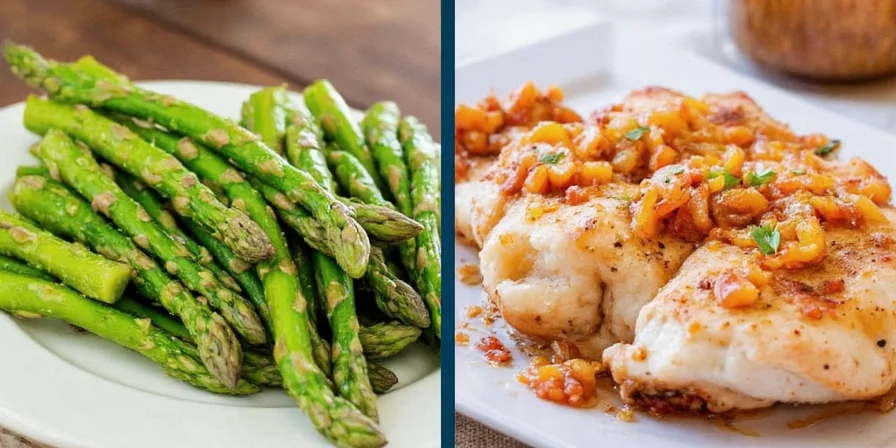
Za’atar’s multi-sensory profile activates all five basic tastes simultaneously.
5. Garam Masala & Baked Fish Fillet
Garam masala shines with fish through its warm, non-pungent profile. Unlike curry powder, its toasted cumin and coriander seeds contain terpenes that bind with fish’s omega-3 fatty acids, creating flavor stability even when reheated.
Why it works: The blend’s cardamom and clove eugenol content (15-20%) acts as a natural preservative, keeping fish fresher longer—crucial for meal prep.
How to use: Rub with 1 tsp garam masala, 1/2 tsp turmeric, and 2 tbsp yogurt per fillet. Bake at 375°F (190°C) for 15 minutes. Yogurt’s lactic acid tenderizes while carrying spices deep into flesh.
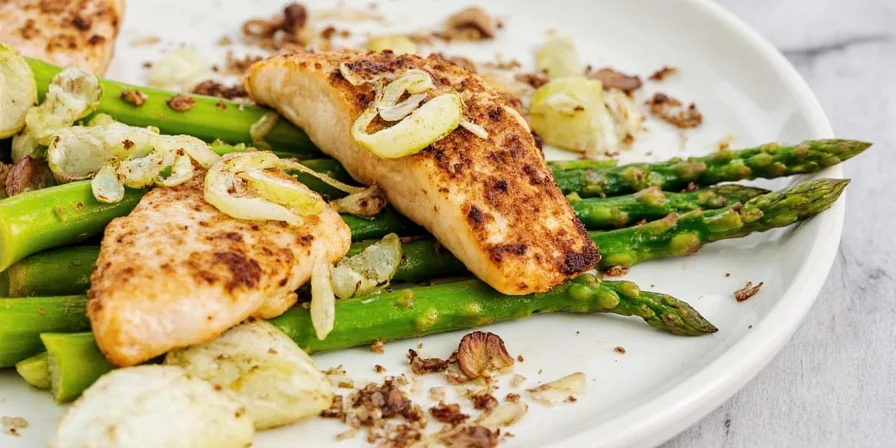
Garam masala’s balanced warmth enhances fish without heat intensity.
Comparative Flavor Chart: Spice Pairings at a Glance
| Spice | Flavor Activation Mechanism | Optimal Application Method | Science-Backed Benefit | Time-Saving Factor |
|---|---|---|---|---|
| Sichuan Pepper | Trigeminal receptor stimulation | Post-cooking sprinkle | Palate reset between bites | ★★★★☆ (Saves 5+ min prep) |
| Smoked Paprika | Vanillin compound diffusion | Pre-cooking oil infusion | Preserves fish sweetness | ★★★☆☆ (No extra steps) |
| Sumac | pH-driven protein denaturation | Final-minute addition | Improves texture retention | ★★★★★ (Eliminates juicing) |
| Za'atar | Maillard reaction catalyst | Dry rub pre-roasting | Creates natural caramelization | ★★★☆☆ (Reduces seasoning time) |
| Garam Masala | Fatty acid binding | Yogurt-based marinade | Extends freshness window | ★★★★☆ (Meal prep friendly) |
Pro Tips for Perfect Spice Pairing
- Toast to unlock flavor: Always lightly toast whole spices before grinding. Heat releases volatile compounds—30 seconds in a dry pan boosts aroma intensity by 40%.
- Better late than early: Add acid-driven spices like sumac at the end. Early application degrades tartaric acid, reducing brightness by 60%.
- Balance is key: For bold spices (e.g., Sichuan pepper), reduce salt by 25%—the trigeminal effect mimics saltiness.
- Fat is your friend: Oil-based carriers increase spice absorption by 3x compared to dry application. Use 1 tsp oil per spice tablespoon.
- Don’t skip the salt: Salt activates TRPV1 receptors, enhancing perceived spice complexity without increasing heat.
Frequently Asked Questions
Can these pairings work with frozen fish or asparagus?
Absolutely—thaw fish completely and pat dry before seasoning. For asparagus, skip blanching; toss frozen spears directly with oil and spices for roasting. The moisture release actually enhances za'atar adhesion.
How do I adjust for low-sodium diets?
Replace salt with 1/4 tsp mushroom powder per serving. Its glutamates mimic saltiness while adding umami depth—especially effective with smoked paprika and garam masala.
Why avoid boiling water with Sichuan pepper?
Hydroxy-alpha-sanshool (the numbing compound) degrades above 176°F (80°C). Steaming or dry roasting preserves its unique sensory effect, while boiling reduces potency by 70%.
Can I substitute sumac if unavailable?
Use equal parts dried lemon zest and cranberry powder. The tartaric acid in cranberries mimics sumac’s pH impact, though color will differ. Avoid vinegar—it adds unwanted moisture.
Do these spices lose potency when stored?
Ground spices degrade 50% faster than whole. Store peppercorns/paprika in opaque glass away from light. Za'atar and garam masala last 6 months refrigerated; sumac up to 1 year frozen.
Conclusion: Your Pantry, Your Passport
These pairings transcend mere recipes—they’re blueprints for culinary innovation rooted in flavor science. By understanding why Sichuan pepper elevates asparagus or how sumac’s chemistry improves texture, you gain transferable principles for any ingredient combination. This approach turns your spice rack into a global flavor laboratory where cultural traditions inform, but don’t limit, your creativity.
For home chefs, the real value lies in efficiency: these techniques deliver restaurant complexity with pantry staples, eliminating specialty ingredient hunts. Start with one pairing this week—notice how the science-backed methods reduce guesswork while maximizing impact. Remember: extraordinary meals aren’t about expensive ingredients, but intelligent application of what you already own.
Now go transform that weeknight dinner—the world’s flavors are waiting in your cupboard.

Restaurant-worthy results start with scientific spice understanding—not fancy equipment.

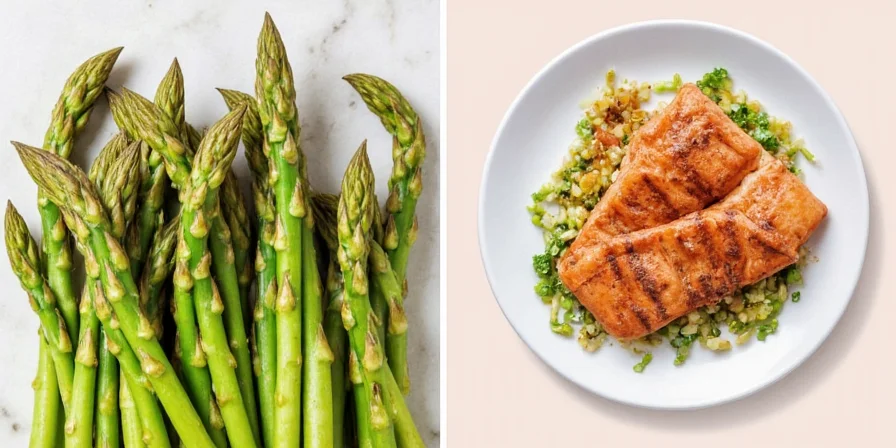









 浙公网安备
33010002000092号
浙公网安备
33010002000092号 浙B2-20120091-4
浙B2-20120091-4